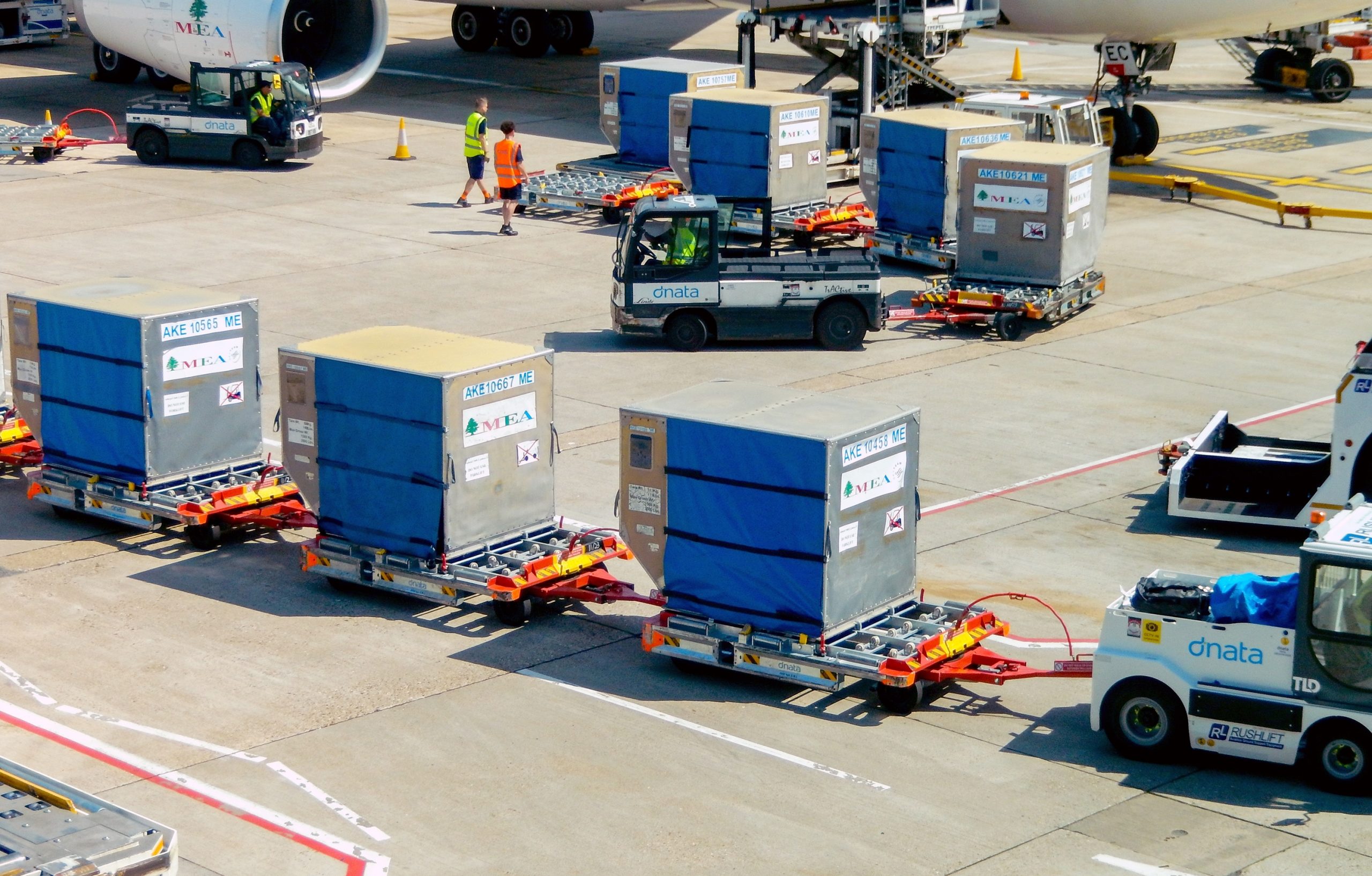Aviation
Revolutionise the Safety and Efficiency of your Airport operations with OWL

In an increasingly complex aviation environment, safety, efficiency and logistics are critical for smooth airport operations.
OWL is a transformative tool for both airports and contractors, enhancing real-time visibility, operational precision and safety across both routine airport operations and large-scale capital delivery projects such as runway resurfacing.
Enhancing Safety Across Airport Operations
One of the highest priorities for any airport is Safety. Each year, airports worldwide face the risk of accidents, with human factors contributing to over 80% of incidents in aviation. OWL can dramatically reduce these risks by providing a real-time overview of personnel, equipment, and vehicles. Here’s how:
Preventing Safety Incidents
With OWL you can prevent ground crew or contractors from unintentionally entering hazardous zones, such as active taxiways or construction areas. In addition, the technology can alert personnel when they are in proximity to moving plant or vehicles, significantly reducing the risk of collisions or serious injury.
Runway Incursion and Foreign Object Debris (FOD) Prevention
OWL will prevent runway incursions, a leading cause of serious incidents, by alerting ground personnel or vehicles when they are about to cross into active runway areas. This same technology can also detect and prevent objects left on the runway (FOD), which can cost millions in damage to aircraft engines and other critical systems.
Situational Awareness
In busy environments such as airports, losing situational awareness is a common issue. OWL ensures workers are constantly aware of their position relative to critical zones, reducing the chance of unintentional access to restricted areas or safety breaches. This is crucial in mitigating the risks of fatigue and distraction.
Driving Efficiency in Airport Operations
Beyond Safety, OWL can significantly enhance the efficiency of daily airport operations, contributing to quicker turnaround times, improved resource management, and streamlined logistics.
Data-Driven Operations
The powerful data insights generated by OWL provides airport management teams with valuable metrics, such as equipment usage rates, worker movement patterns, and operational bottlenecks. These insights can help identify inefficiencies and inform long-term decision-making for continuous operational improvement.
Efficient Resource Allocation
Having a live view of the location of vehicles, personnel, and machinery on the airfield allows airport operators to assign resources more effectively, avoiding delays caused by misplaced equipment or unavailable staff. This real-time insight also reduces fuel consumption by preventing unnecessary movements of ground support vehicles.
Optimising Aircraft Turnaround Times
OWL allows real-time tracking of service vehicles, cargo dollies and ground support equipment. For example, locating the nearest empty cargo dolly can shave valuable minutes off aircraft loading times, reducing delays and helping to maintain tight flight schedules. With turnaround time directly linked to operational efficiency, these small improvements can have a substantial impact on both airline satisfaction and airport profitability.

Supporting Capital Delivery Projects and Maintenance
Whether it’s runway resurfacing or terminal expansion, OWL is equally valuable during large-scale capital delivery projects and ongoing airport maintenance.
Streamlining Construction and Maintenance Activities
During critical works like runway resurfacing, OWL can be used to define safe zones for construction vehicles, ensuring that they do not stray into active airfield areas. This helps maintain safe separation between airport operations and construction crews, preventing disruptions and reducing the risk of accidents.
Monitoring and Controlling Equipment
OWL can track construction vehicles and equipment in real time, helping project managers maintain tight control over logistics and ensuring that resources are allocated where they are needed most. By improving visibility, delays and downtime are minimized, keeping projects on schedule and within budget.
Safety for Workers
Construction zones are high-risk environments, especially in proximity to active runways and taxiways. Geo-fencing ensures that workers are automatically alerted if they approach hazardous areas, such as aircraft movement zones or restricted airside areas, enhancing safety compliance for both staff and contractors.

Real-Time Visibility for Better Decision-Making
A key advantage of OWL is the ability to have a real-time view of all people, vehicles, and equipment at your airport. This unprecedented visibility enables better decision-making, quicker responses to emergencies or logistical challenges, and more effective coordination across departments and contractors.
From tracking the movement of maintenance crews to monitoring airside logistics during busy periods, this technology provides actionable insights that support both day-to-day operations and long-term strategic planning.
Statistics Highlighting the Need for Change
According to the International Air Transport Association (IATA), runway safety incidents, including incursions, remain a critical concern, with an estimated 1,300 runway incursions reported annually.
Studies indicate that proper resource management using real-time monitoring can improve turnaround times by up to 15%, which translates into significant cost savings and enhanced operational capacity.
Key Features and Benefits
Ready to Transform Your Airport Operations?
As the aviation industry continues to evolve, so too must the technologies that support it. OWL offers airports the ability to enhance safety, streamline logistics, and improve efficiency across both daily operations and large-scale capital projects.
Take control of your airport’s future with technology designed to keep you ahead of the curve.


